
You can’t exactly fault ancient architects for building structures that were unable to withstand stone-shattering earthquakes, or simply experimental in nature - failure is part of the learning process, after all, and engineering methods were obviously less advanced back then. Big ambitions led to taking big chances, which often resulted in faulty construction and, occasionally, deadly collapses. Here are 11 examples of mistake-riddled churches, statues, lighthouses, stadiums and more from the period between 2600 BCE and the Renaissance.
1. Bent Pyramid of Egypt
Why does Egypt’s Bent Pyramid, an unusual example of early pyramid development created around 2600 BCE, have a sudden change in angle about halfway up? Archaeologists believe that what we see today is basically a mistake created during the learning process, in which the builders realized that the steepness of the original angle would be unstable and prone to collapse. The lower portion of the pyramid inclines at an angle of 54 degrees, while the top is a shallower 43 degrees. Another 54-degree pyramid is believed to have collapsed while this one was under construction, leading the builders to suddenly change their plans. Subsequent pyramids in the area were constructed at the 43-degree angle instead.
2. The Colossus of Rhodes, Greece
One of the seven wonders of the ancient world, the towering Colossus of Rhodes was a statue of the Greek Titan Helios that stood over 98 feet high on a pedestal in the city’s harbour. Erected by Chares of Lindos in 280 BCE to celebrate Rhodes’ victory over Antigonis I Monopthalmus of Cyprus, the statue was among the tallest of the ancient world. The statue stood for 56 years until the 226 BCE Rhodes earthquake, which brought it crashing down. After the oracle of Delphi stated that the Rhodians had offended Helios, they decided not to rebuild.
It’s certainly not surprising that seismic activity would have caused the statue to collapse, given that it was built long, long before any real understanding of earthquake-resistant engineering. But the fact that such a tall structure could have been built in the first place during that time is a wondering itself; modern engineers have speculated about the bronze plates and iron bars that would have been attached to the feet to reinforce them.
3. The Lighthouse of Alexandria, Egypt
Another ancient wonder, the Lighthouse of Alexandria stood somewhere between 393 and 450 feet in height, making it among the tallest structures on earth for centuries. But the limestone structure, completed between 280 and 247 BCE on the island of Pharos, couldn’t stand up to three earthquakes spread out over four hundred years. It likely lost its upper tier before the first one struck in the year 956 CE, and by the third disaster in 1323, it was abandoned. What was left of it was covered with a medieval fort in 1480.
4. Fidenae Amphitheater Collapse, Italy
20,000 people were killed or wounded in the worst stadium disaster in history, which occurred in 27 AD at the Fidenae Ampthitheater about 8 miles north of Rome. The structure was cheaply built of wood and not up to the task of accommodating the 50,000 people who amassed to watch gladiatorial games after a ban on them was lifted. The Roman Senate decided that too many lower class people were ruining everyone’s fun, so they banned anyone with a personal worth under a certain amount from attending the events.
5. Circus Maximus Upper Tier Collapse, Italy
Built in the 6th century BCE, the infamous Circus Maximus was an ancient Roman chariot racing stadium capable of holding 250,000 spectators who gathered to watch the Roman Games and gladiator fights, and later, the races.
The oldest and largest public space in Rome, it has been in near-constant use ever since, with its latest incarnation as a public park and space for events like concerts and festivals. But in 140AD, it was the site of a major disaster: the upper tier of seats collapsed under the weight of too many spectators. 1,112 people were killed in what remains the deadliest sports-related incident in history.
6. Hagia Sophia Dome Collapse
Built in 532 CE in Istanbul, Turkey, Hagia Sophia has been an Eastern Orthodox cathedral, a Roman Catholic cathedral, a mosque and a museum. It was the world’s largest cathedral for nearly a thousand years until it was bested by Seville Cathedral in 1520, and is still considered the pinnacle of Byzantine Architecture.
Its dome, in particular, is notable for its size and innovative design - both of which contributed to a series of stability problems that led to one collapse after another. The dome is just plain heavy, and the way that the walls were constructed in order to support the weight made matters even worse, with builders using more mortar than brick and failing to let the mortar cure before beginning the next layer.
7. Leaning Tower of Pisa, Italy
Perhaps the most well-known symbol of historic engineering problems, the Leaning Tower of Pisa seems like it could fall over at any moment, but miraculously, never has. The campanile of a cathedral, the tower began to tilt while it was still under contraction in 1173 thanks to an inadequate foundation on ground that was too soft to support the weight.
Before restoration work began in 1990, the tower leaned at an angle of 5.5 degrees, which has since been corrected to 3.99 degrees. It has been declared stable for another 300 years after the removal of soil under the raised end to straighten it out, reducing weight by taking out the heavy bells, and anchoring the structure with cables. But just in case it ever does fall, residences in the path of the tower have been vacated.
8. Beauvais Cathedral, France
Did the collapse of the vaulting in the Beauvais Cathedral before it was even completed in the 11th century scare French masons off working on large Gothic-style structures? Historians are divided on that point, but it did seem to usher in an era of smaller, less complex architecture, especially after a second failure in the form of the too-tall 502-foot central tower collapsing.
Then, in 1284, part of the choir vault collapsed. Tie rods were added at some point to make up for the structural weakness, but other problems have continued to surface over the years, requiring the addition of trusses and braces. The cathedral remains incomplete as modern-day architects and engineers use laser scans and 3D models to identify the weaknesses and the best ways to add reinforcement.
9. Stirling Bridge Collapse, Scotland
Nobody knows exactly why the Stirling Bridge collapsed in the middle of the famed Battle of Stirling Bridge in 1297. Was it a mechanical problem, or did the Scottish deliberately weaken the bridge to sabotage the English attack?
It doesn’t seem beyond the realm of possibility that the bridge, which was then made of wood, just couldn’t hold up to the weight of all of those soldiers and horses. The bridge was so narrow that only two cavalrymen could cross at a time, and over 5,000 were thought to have crossed it shortly before it collapsed. The present-day Stirling Bridge, made of stone, was constructed about 65 yards downstream from the original.
10. Ely Cathedral Tower Collapse, England
The octagonal tower of England’s Ely Cathedral stands out even to people who aren’t familiar with Romanesque and Gothic architecture of the Middle Ages. It seems like an obvious addition, not quite matching the rest of the cathedral, which was built starting in 1083. In fact, it was built in the 1320s after the collapse of the Norman tower, and it’s considered a triumph of engineering and clear improvement over the original structure. It’s not clear what caused the collapse, but it made way for a feat of Medieval architecture, with a complex wood lantern supported by eight stone pillars.
11. The Rialto Bridge, Italy
The Rialto Bridge is one of the most beautiful and best-known of Venice, spanning the shortest stretch of the Grand Canal. It began as a series of floating pontoons in 1181 and was replaced by a wooden structure in 1250 as traffic increased.
Fire-damaged during the revolution in 1310, the bridge ultimately collapsed under the weight of spectators at the wedding ceremony in 1444, and then again in 1524. Someone finally decided that such a well-used bridge - then the only way to cross the canal on foot - should probably be made of stone rather than wood, and in the 16th century, the version that still stands today was built.


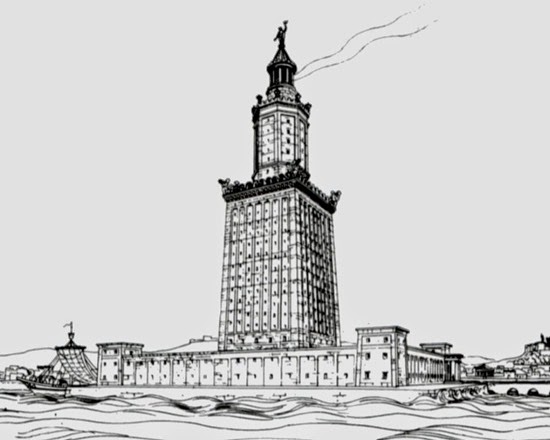
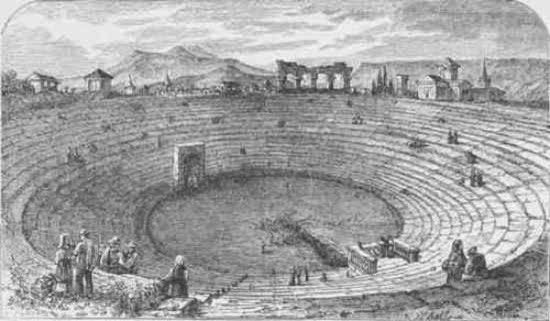
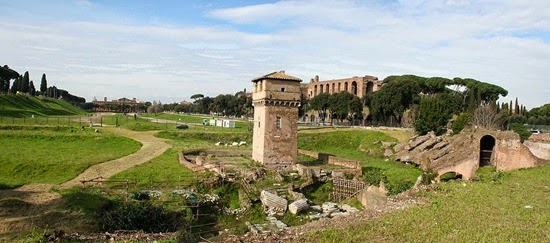
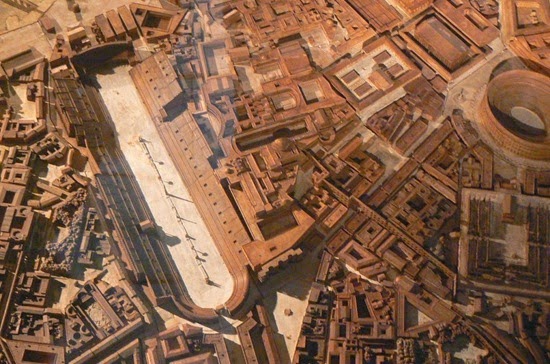

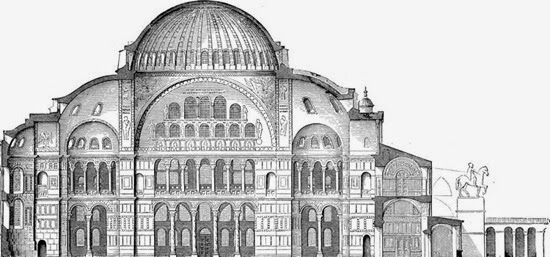

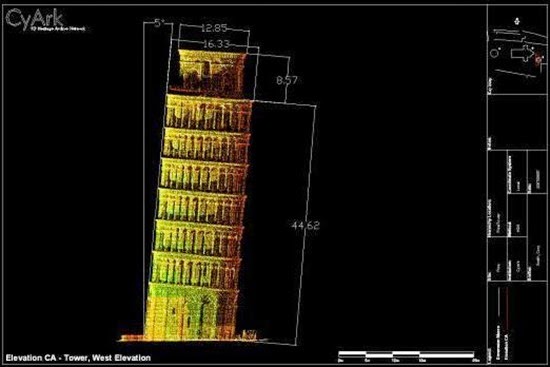
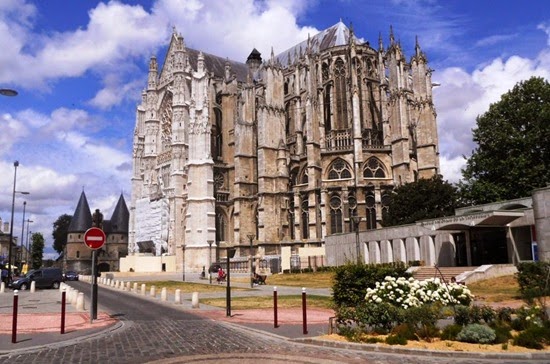
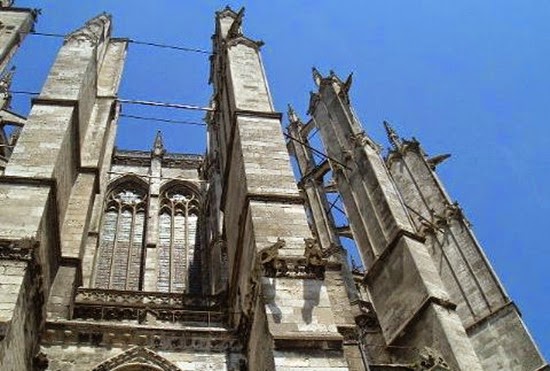


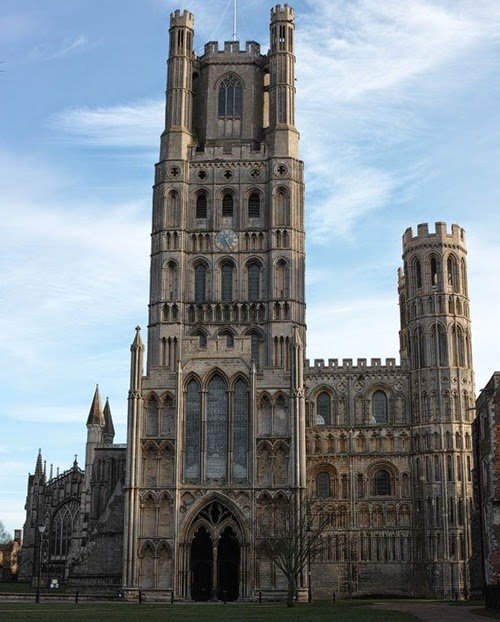


No comments:
Post a Comment
Please adhere to proper blog etiquette when posting your comments. This blog owner will exercise his absolution discretion in allowing or rejecting any comments that are deemed seditious, defamatory, libelous, racist, vulgar, insulting, and other remarks that exhibit similar characteristics. If you insist on using anonymous comments, please write your name or other IDs at the end of your message.